Advantage Beef Programme

Some of these heifers went to the Irish Cattle Breeding Federation (ICBF) Tully progeny test centre for performance recording during their finishing period and others were finished on the ABP Demo Farm in Co. Carlow.
The ABP Demo Farm manager Sean Maher said that the kill-out performance of these heifers has been good with heifers finished on the ABP Demo Farm averaging 79 days feeding in the finishing period.
The table below details the number of heifers finished by breed and the average carcass weight:
| Breed | Number of heifers | Average weight |
|---|---|---|
| Angus | 108 | 271kg |
| Aubrac | 6 | 255kg |
| Belgian Blue | 3 | 266kg |
| Hereford | 34 | 269kg |
| Limousin | 13 | 281kg |
The farm manager said: "There were 30 heifers with carcass weights over 290kg and 14 heifers with carcass weights under 240kg.
"We have had 41 heifers so far that made an 'R' grade and 10 'O-' heifers."
The first 34 steers have also been drafted for slaughter. These have had an average carcass weight of 346kg. These were 26 Angus and eight Hereford steers and averaged 66 days feeding.
The majority of these steers were from the grass and multi-species sward trial platform.
The farm manager said: "We plan to draft 30 more each week for the coming month. Everything will be slaughtered pre-Christmas and there will be 99 steers slaughtered from Tully in mid-December.
Weanling update
There have been 150 weanlings housed so far in place of the finishing cattle.
The lightest of the dairy-beef weanlings are generally housed first with the heavier dairy-beef weanlings kept out longer as they are often more hardy.
The lighter batch of 150 weanlings that were housed had an average housing weight of 220kg.

Their diet consists of grass silage and 2kg concentrates. "We will aim to include red clover silage and beet when there are more of these housed," the farm manager said.
"Weanlings are all weighed, clipped and receive a lice treatment at housing."
Grass remains in plentiful supply on the farm and there are are currently 78 yearlings on the 'regen ag platform' grazing it in two groups.
"These will be removed if the weather breaks as we do not want to damage the sward," Sean explained.
